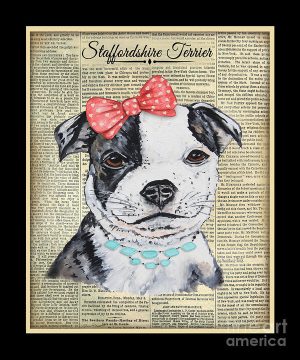
It isn’t unheard of for a breed’s name to be changed as in the case of the Brittany which was once called the Brittany Spaniel, or the Parson Russell Terrier which used to be the Jack Russell Terrier.
Reasoning behind both aforementioned changes were sound: The Brittany definitely doesn’t hunt like a Spaniel.
As for the JRT, it was the first hunting dog that the Reverend Russell bred, and the originals had longer legs. That said, there was always variety in size and leg length. In the early 90s when AKC was considering recognizing the Jack Russell Terrier, the Jack Russell Terrier Club of America opposed the move as it vigorously wanted to ensure that the breed always keep its working dog roots. In 2001, the issue came up again and resolution was found in those size differences. All Jack Russell Terriers that met a specific standard were renamed “Parson Terrier,” the Parson having longer legs, an intentional development making these dogs better suited for running with a pack and bolting foxes, while shorter versions were more easily transported around in terrier bags on horseback, and could scramble into smaller dens and scurry through bramble.
Sometimes, however, a name change occurs to make a breed more palatable for the public; “Exhibit A” would be the German Shepherd Dog whose name was changed to “Alsatian” because of anti-German sentiment during WWI. In 1925, the Alsace club reinstated the old name, German Shepherd Dog, and the AKC followed suit, but the Kennel Club in the UK retained ‘Alsatian’ as the primary breed name, with ‘German Shepherd’ in brackets. They reversed this in 1977 when the breed became German Shepherd Dog (Alsatian), and made it permanent in 2010 when the word, ‘Alsatian,’ disappeared altogether.
The Dachshund was also subjected to the same situation. During World War I, Dachshunds were often used to portray German propaganda which led to a widespread contempt for a wonderful breed. The AKC tried to protect the breed from anti-German violence by renaming it the “badger dog,” while others referred to Dachshies as “liberty pups.” Needless to say, neither stuck.
A more current example could be the Saint Francis Terrier. It’s probable that the first use of the name was by a San Francisco SPCA some time in the 1990s when it was trying to place homeless American Staffordshire Terriers by calling the dogs “St. Francis Terriers.” Sixty temperament-screened dogs were adopted until the program was halted after several of them dispatched a family cat (a compelling reason to do one’s homework on any breed), and the whole idea was scrapped after sixty days, as was a similar program by the Wisconsin Humane Society. The New York City Center for Animal Care and Control tried a like-minded approach in 2004 when it relabeled anything resembling a “pit bull” as a “New Yorkie,” but it, too, wisely dropped the idea after only three days in the face of public opposition.
None of this was likely appreciated by the owners of AmStaffs and Staffordshire Bull Terriers, or by St. Francis College in New York whose mascot is the St. Francis Terrier.
Image: Staffordshire Terrier by Jean Plout is available as fine art, and in home decor and lifestyle items here.
